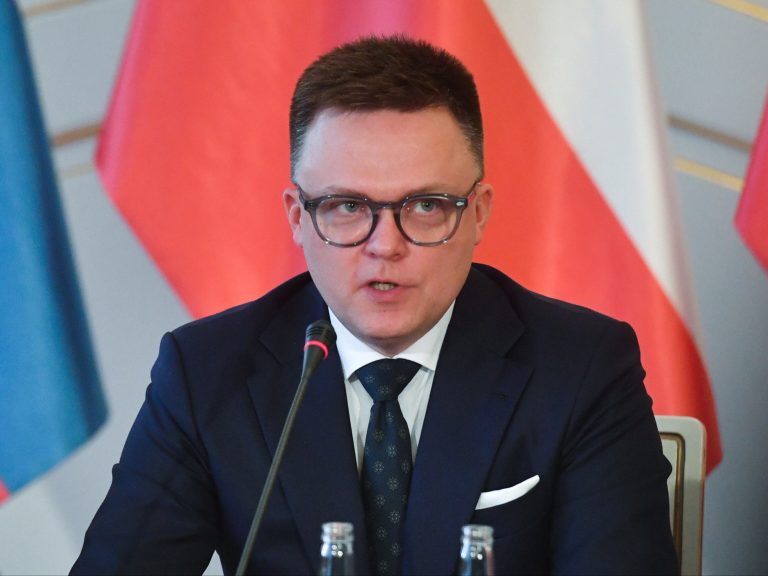Will the “Polish ostrich” return to our meadows? Scientists want to bring back an extinct species

Will bustards return to Poland? Scientists want to bring the “Polish ostrich” back to our area. However, this will not be an easy task, because this species became extinct in our country a long time ago.
The last bustard was seen in Poland in 2018. It was a specimen that came to us from abroad. It appeared in Poland in large numbers before World War II. It was estimated that its population in our country was about 18,000. individuals. Back in the Polish People’s Republic, there could have been several hundred birds. The disappearance of this species on the Vistula River dates back to the 1980s.
Bustards are heavy birds, weighing up to 20 kilograms, but they can fly. The Polish ones measured on average from 105 to 110 cm in length and reached up to 85 cm in height. Their wingspan was 220-230 cm. Unfortunately, they often got in the way of farmers and were targeted by poachers. That is why the species called the “Polish ostrich” disappeared from our areas.
Will the Great Bustard return to Poland? Two voivodeships were selected
According to scientists from the University of Zielona Góra, bustards could again inhabit areas in the Lubusz and West Pomeranian Voivodeships. In an interview with the website zielonagora.naszemiasto.pl, prof. Leszek Jerzak argued that restoring this species and the conditions in which it lived would help local tourism and agriculture.
– We choose a well-recognized species, preferably relatively well-known and liked, we focus scientific, financial and social campaigns around it, and we hope that by protecting a spectacular object and its habitats, hundreds of others whose names are associated with practically nothing will benefit – Jerzak emphasized.
– The bustard idea seems more and more realistic. To achieve the goals of the European Biodiversity Strategy 2030, the European Union plans to allocate EUR 20 billion annually. This money must be spent wisely, echoed Prof. Piotr Tryjanowski from the University of Life Sciences in Poznań.






